Were Egyptians Really the First to Domesticate Cats? Try Cave Men
A map shows the spread of felines by Egyptians, Romans, Vikings—and prehistoric ancestors.
Domestic cat bones around 8,000 years old have recently been found in both Serbia and Poland. This pushes back the arrival in Europe of one of humanity’s earliest companion animals by several thousands of years.
Influx via Asia Minor
Until recently, the thinking was that cats arrived in Europe only in Late Antiquity (roughly the 3rd to 7th century AD). As the below map shows, that still holds true for many parts of the continent, but an earlier influx via Asia Minor into the Balkans, and further north, seems to have preceded it.
The map illustrates an article on “The history of the domestic cat in Central Europe” by Magdalena Krajcarz et al, published in the journal Antiquity. The article shows how far we’ve come in feline studies in just two decades. About 20 years ago, we had frustratingly inconclusive answers to such basic questions like: Where do cats come from? And when?
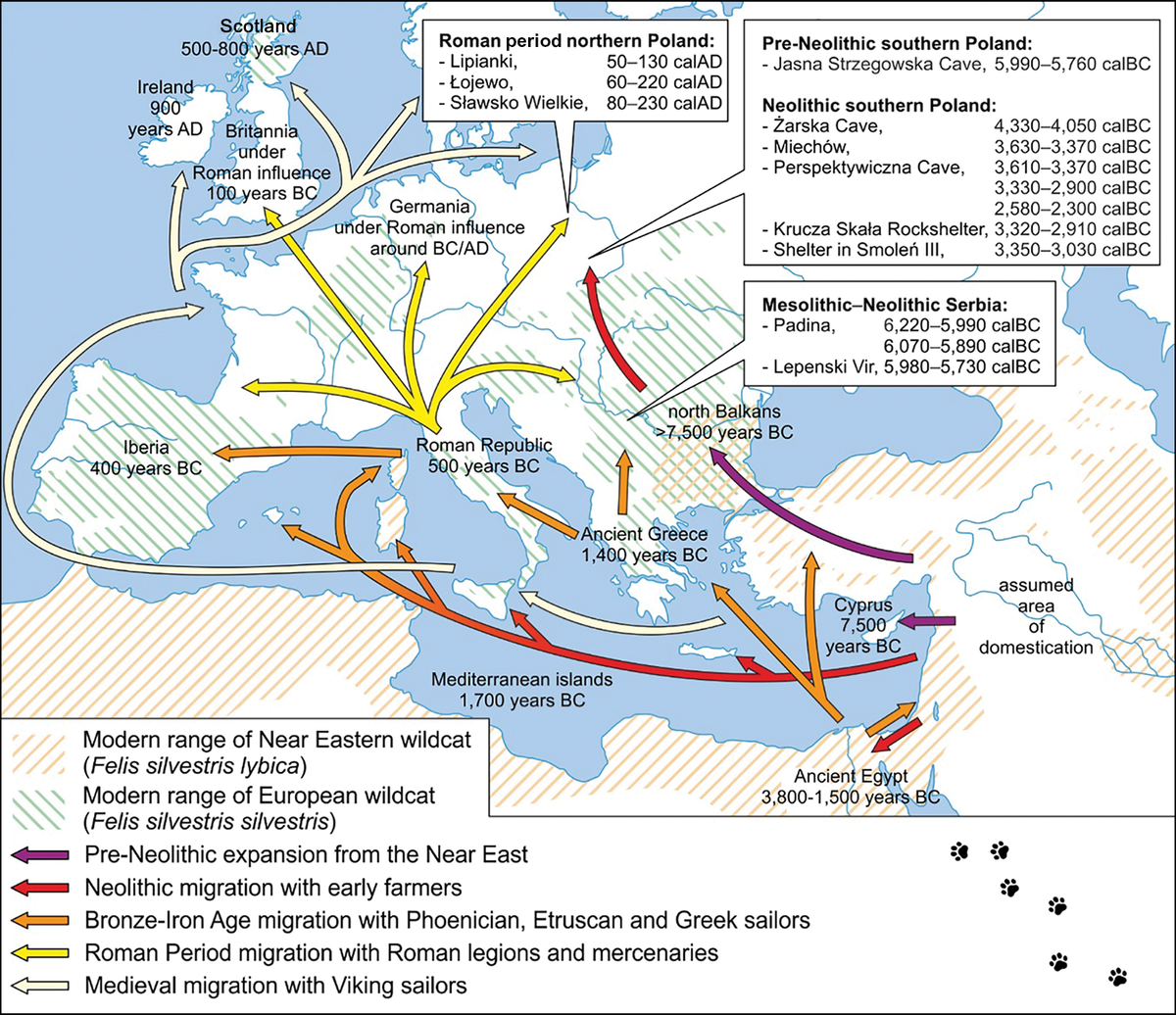
Because the five known varieties of wildcat (Near Eastern, Chinese, Central Asian, Southern African, and European) are quite similar and can interbreed, scientists until recently had a hard time pinning down in which part of the world cat domestication first occurred. Some even suggested that it had happened at multiple times and places.
Common ancestor of all house cats
Since then, major advances in paleogenetic analysis have helped illuminate the deep past of one of mankind’s favorite pets. In the last two decades, it has been established that the Near Eastern wildcat (Felis silvestris lybica) is the common ancestor of all domesticated cats, and that they were first domesticated in the Fertile Crescent about 10,000 years ago.
It also could be said that cats domesticated themselves; they were attracted to the rodents that feasted off the harvests of the earliest farmers. They chose us, not the other way around. In turn, those early farmers appreciated this welcome form of pest control. So, unlike dogs—which were domesticated earlier, initially for hunting—cats weren’t bred for various specific purposes. They arrived as a “ready-made” symbiotic species, so to speak.

A separate domestication happened in Egypt around 3,500 years ago. This second population was likely tamer and more sociable. The ancient Egyptians were certainly smitten. In fact, Bastet, the Egyptian goddess of love, had a cat’s head. Killing a cat could get you executed. And the cat necropolis (or meow-soleum) of Beni-Hassan contains some 300,000 mummies of cats, cared for even in the afterlife.
A 2017 study of cat DNA from 200 specimens across time and place showed these two distinct populations—from the Fertile Crescent and from Egypt—contributed to the common domesticated feline that we know today. The mixing of both lineages combined the cats’ utility with their sociability, making them a valued companion for both farmers and traders, who began taking them along on their long voyages across land and sea.
Because they weren’t bred for any other purpose, these cats looked similar to the various kinds of wildcats that existed (and still do), except that they’re less solitary and more tolerant of people (and other cats). Only in the 19th century did cat lovers start breeding the fancy breeds we know today—and purely for aesthetic reasons. (You try to make a cat do anything.)
9,500-year-old pet cat grave
The oldest archaeological evidence for cat domestication is a 9,500-year-old grave, discovered in Cyprus in 2004, in which a Paleolithic-era human was buried with their feline pet. There is scant material evidence for the spread of cats throughout Europe before the Late Middle Ages. Only in the second half of the 13th century do cat bones start to show up with some frequency in Europe’s zooarchaeological record, indicating an increase in their popularity.

The traditional theory is that cats began to spread throughout the Mediterranean in Antiquity, traveling with Greeks and Romans. As the map shows, they would have hopped on board Etruscan, Greek, and Phoenician ships to reach major Mediterranean islands like Sicily by 1700 BC, land in ancient Greece around 1400 BC, arrive in republican Rome in about 500 BC, and make it to pre-Roman Iberia by 400 BC.
From then on, like wine and legions, cats were just another Roman imperial export. They reached Britannia in about 100 BC and Germania around the BC/AD juncture. The time differential with Ireland and Scotland, just outside Roman Britain, is quite notable. Cats are attested in Ireland only from 900 AD, and in Scotland from 500 to 800 AD. Around that time, the Vikings fell in love with cats and took them on their long voyages across Europe, helping to spread them even further.
An age-old game of cat and mouse
Recent finds have invalidated—or at least complicated—that picture. In 2016 came confirmation via radiocarbon dating that the domestic cat was present in northern Poland in Roman times. (See map: three locations dated 50 to 230 AD.) This is a thousand years earlier than previously thought.
More recent finds in southern Poland push back the appearance of the domesticated cat in Central Europe by many more millennia: to the Neolithic (4330-2300 BC) and even the Pre-Neolithic (at Jasna Strzegowska Cave, 5990-5760 BC). Generally older (but also geographically closer to the Near Eastern origin of the house cat) are finds in Serbia from the Mesolithic-Neolitic era (6220-5730 BC).
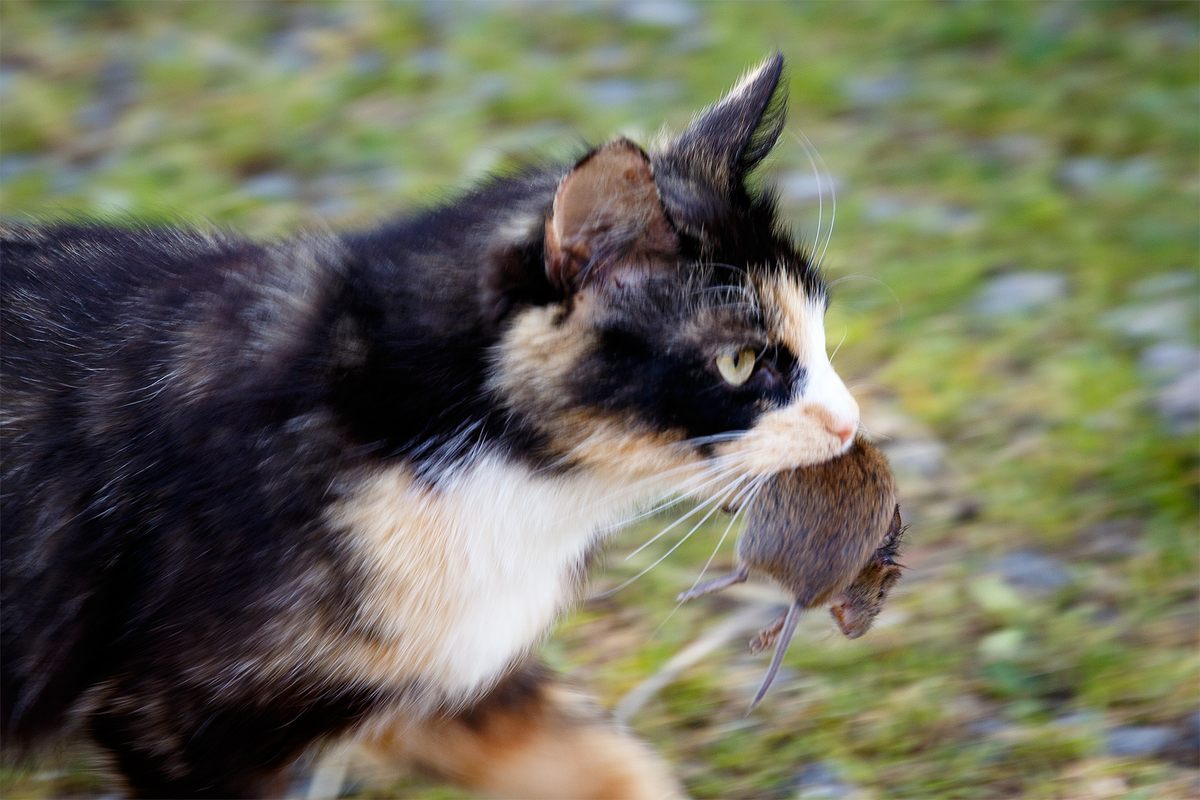
These Neolithic house cats were similar in size to the European wildcat. Zooarchaeological evidence, from Poland and elsewhere in Europe, indicates these cats decreased in size to the Medieval period.
The reason for this unexpectedly early foray of domesticated cats into Europe is not traders, but farmers—or rather, farmers’ pests. The researchers speculate, “Recent data indicate a significant overlap in the appearance of house mice (Mus musculus) and cats in Late Neolithic Eastern Europe, and suggest that the house mouse was an important factor for the dispersal of cats within Europe.”
An enmity for the ages, in other words. Or as Captain Ahab said, in relation to a rather larger pest: “To the last I grapple with thee.”
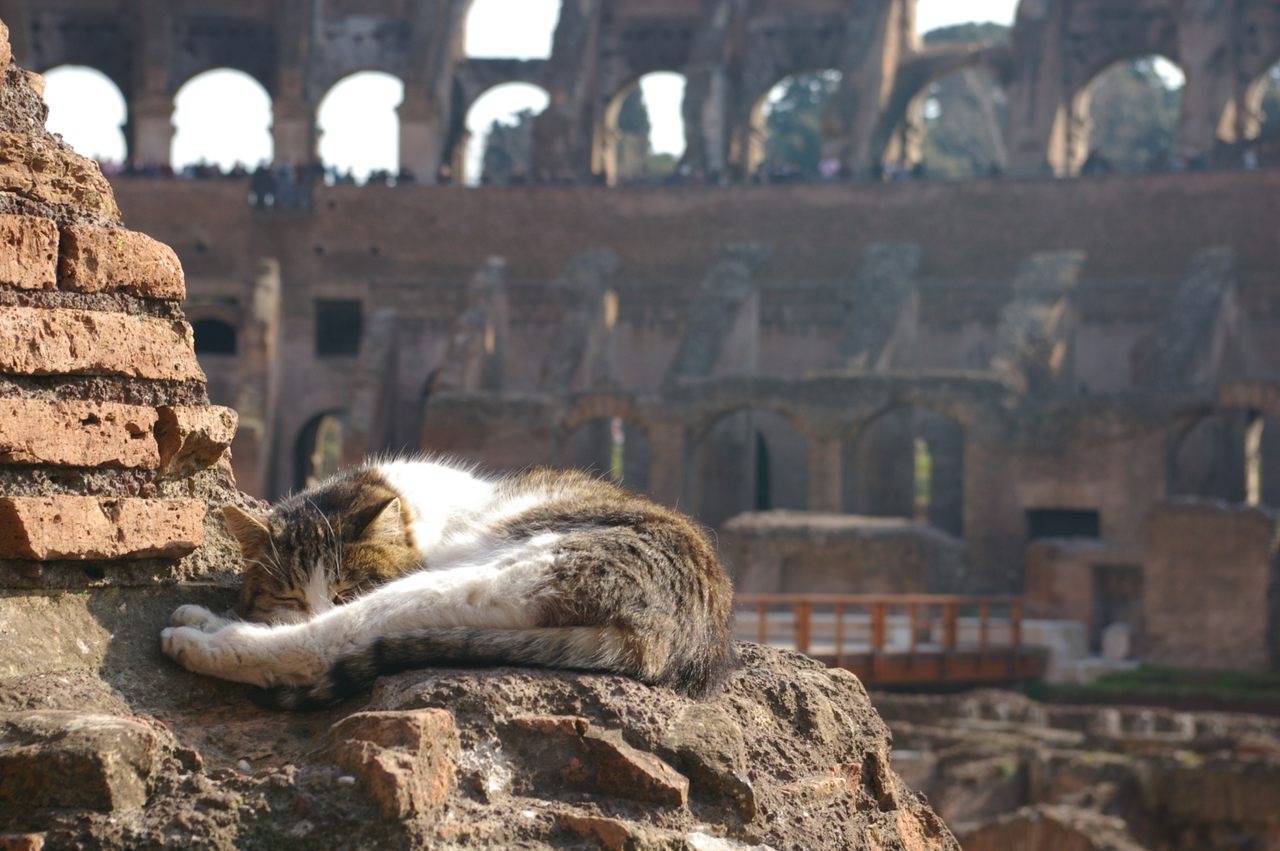
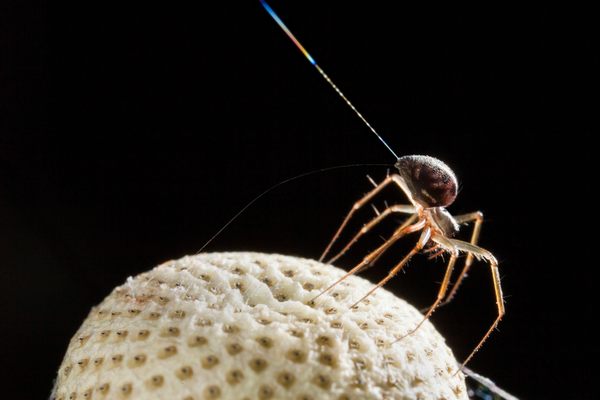



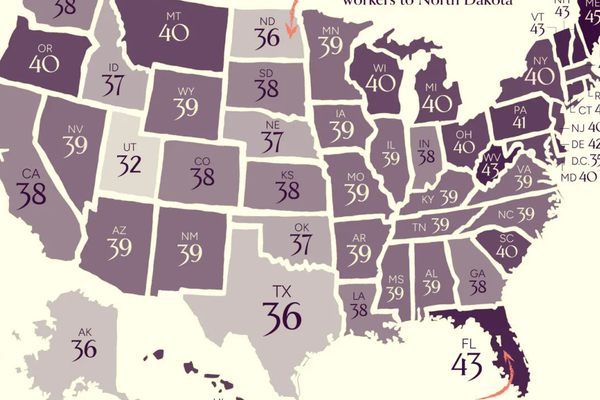







Follow us on Twitter to get the latest on the world's hidden wonders.
Like us on Facebook to get the latest on the world's hidden wonders.
Follow us on Twitter Like us on Facebook